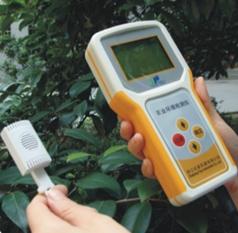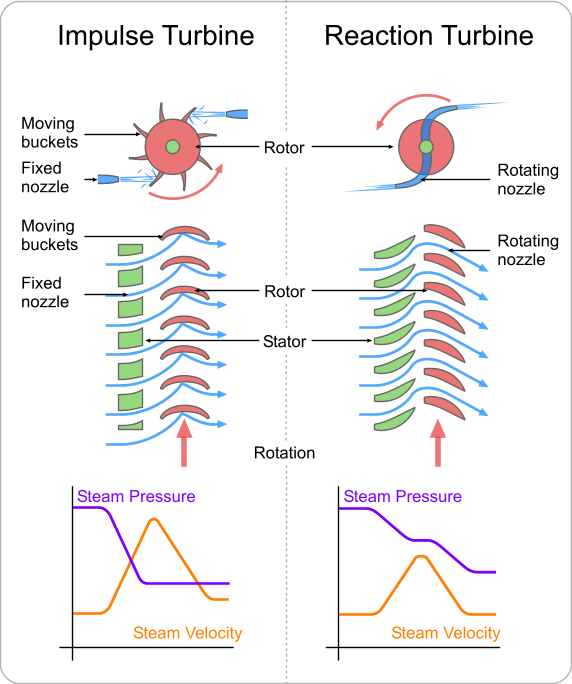The temperature and humidity in the environment will affect people's lives and products to varying degrees. Therefore, the demand for temperature and humidity monitoring in all walks of life is also rising, which also promotes the rapid development of temperature and humidity recorders and other detection instruments. With the development of society and the continuous improvement of the temperature and humidity monitoring requirements, the temperature and humidity recorders are constantly being updated. Therefore, the temperature and humidity recorders in the market have an increasing gap both in function and in price. , then for people most concerned about the temperature and humidity recorder price problem, let's analyze what factors affect the temperature and humidity recorder price?

At present, the function of the temperature and humidity recorder has been developed from the past faded temperature and humidity detection to the real-time monitoring of various parameters such as temperature, humidity, pressure, and gas concentration, integrating signal acquisition, display, storage, and analysis into one, so the temperature and humidity records The price of the instrument is generally related to its material, function and technology.
1. Temperature and humidity recorder storage and export In general, the temperature and humidity recorder storage and export is a basic requirement of many industries, so the market temperature and humidity recorders have this feature, but the difference is that the storage How much data and how it is derived, these are one of the factors that determine price.
2. Detection accuracy of temperature and humidity recorder For some industries with relatively high requirements, the detection accuracy of temperature and humidity recorders is also very high, and the detection accuracy of temperature and humidity recorders is different, and the price is certainly different, generally speaking The measurement accuracy increases by one level and the price may double. Therefore, if the accuracy requirements are not so high, use a temperature and humidity recorder that is adequate for your needs.
3. Temperature and humidity recorder data transmission methods With the development of technology, temperature and humidity recorders and other detection instruments are also moving toward the direction of intelligence, one of the important manifestation lies in the real-time online transmission of data, such as wireless temperature and humidity records Instrument, networked temperature and humidity recorder, which is both a highlight of the temperature and humidity recorder, but also the core technology, so the temperature and humidity recorder is generally higher than the average temperature and humidity recorder.
A reaction turbine is a type of Steam Turbine that works on the principle that the rotor spins, as the name suggests, from a reaction force rather than an impact or impulse force.
In a reaction turbine there are no nozzles to direct the steam like in the impulse turbine.
Instead, the blades that project radially from the outer edge of the rotor are shaped and mounted so that the shape between the blades, created by the cross-section, create the shape of a nozzle. These blades are mounted on the revolving part of the rotor and are called the moving blades.
The fixed blades, which are the same shape as the moving blades, are mounted to the outer casing where the rotor revolves and are set to guide the steam into the moving blades. Below is a simple diagram of reaction turbine blades:
Reaction Turbine Principle:
In the case of reaction turbine, the moving blades of a turbine are shaped in such a way that the steam expands and drops in pressure as it passes through them. As a result of pressure decrease in the moving blade, a reaction force will be produced. This force will make the blades to rotate.

Reaction Turbine Working:
A reaction turbine has rows of fixed blades alternating with rows of moving blades. The steam expands first in the stationary or fixed blades where it gains some velocity as it drops in pressure. Then enters the moving blades where its direction of flow is changed thus producing an impulse force on the moving blades. In addition, however, the steam upon passing through the moving blades, again expands and further drops in pressure giving a reaction force to the blades.
This sequence is repeated as the steam passes through additional rows of fixed and moving blades.
Note that the steam pressure drops across both the fixed and the moving blades while the absolute velocity rises in the fixed blades and drops in the moving blades.
The distinguishing feature of the reaction turbine is the fact that the pressure does drop across the moving blades. In other words, there is a pressure difference between the inlet to the moving blades and the outlet from the moving blades.
Special Aspects of Reaction Turbines
- There is a difference in pressure across the moving blades. The steam will, therefore, tend to leak around the periphery of the blades instead of passing through them. Hence the blade clearances as to maintain as minimum as possible.
- Also, due to the pressure drop across the moving blades, an unbalanced thrust will be developed upon the rotor and some arrangement must be made to balance this.
Reaction Steam Turbine
Shandong Qingneng Power Co., Ltd. , https://www.qnpturbines.com